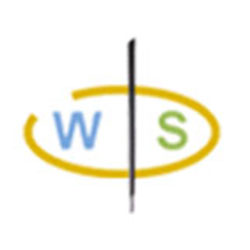From Pipelines to Electronics: Welding Types for Different Industries
Welding, the process of joining materials (typically metals) through coalescence, is broadly categorized into four welding types based on the mechanism of bond formation:
- Fusion Welding: Melting base materials to form a joint (e.g., arc welding, gas welding).
- Solid-State Welding: Bonding without melting, using pressure and/or heat (e.g., friction welding, resistance welding).
- Brazing & Soldering: Joining with a lower-melting-point filler metal (e.g., soft soldering, silver brazing).
- Specialized Techniques: Hybrid or niche methods (e.g., explosive welding, laser hybrid welding).
Among these, arc welding stands as the cornerstone of fusion welding. By definition, arc welding utilizes an electric arc—a sustained discharge of electricity through a gas—to generate intense heat (up to 6,500°C), melting both the workpiece and a consumable or non-consumable electrode. This creates a molten pool that solidifies into a durable joint, often supplemented by shielding gases, flux, or slag to prevent contamination.
From constructing skyscrapers to crafting delicate aerospace components, arc welding powers industries worldwide through its five major subtypes: SMAW, GMAW (MIG/MAG), GTAW (TIG), FCAW, and SAW.
Why Focus on Arc Welding?
- Dominance in Industry: Accounts for ~60% of all welding applications (AWS, 2022).
- Versatility: Adaptable to diverse materials (steel, aluminum, titanium) and thicknesses.
- Technological Evolution: From manual stick welding to automated robotic systems.
